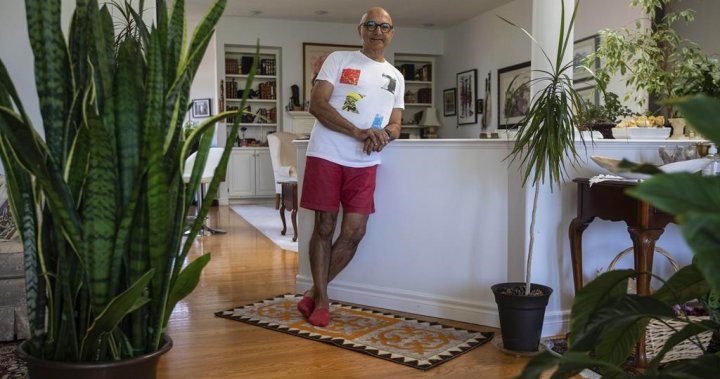
Canadian seniors feeling increased isolation as high inflation takes toll
Global News
Canadian seniors are being forced to make tough choices, cutting out frills and nice-to-haves in the face of near 40-year-high inflation rates.
With inflation at a nearly 40-year high, Canadians are feeling the financial strain. In a six-part series this summer, The Canadian Press is speaking to people at different stages of life to see where they’re being hit the hardest. This final story in the series details how rising inflation is affecting older adults.
Azim Jeraj cancelled his gym membership earlier this year.
The 69-year-old resident of Sherwood Park, Alta. says he could no longer justify the monthly fees in the face of the rising cost of groceries, utilities and prescription medications.
“I joined a seniors’ cycling group instead. I go cycling with them twice a week, and that doesn’t cost any money,” Jeraj said. “You find things like that to do. You constantly look for things that don’t cost a lot of money.”
Like every other age demographic right now, Canadian seniors are being forced to make tough choices, cutting out frills and nice-to-haves in the face of near 40-year-high inflation rates.
But older adults also face a unique, less-talked-about challenge – the increased social isolation that experts say often occurs as a result of high inflation.
According to Statistics Canada, 27.9 per cent of Canadian seniors in 2017-18 lived alone, compared to 14 per cent of the general population.
Doctors know that maintaining relationships and staying socially active play an important role in mental and physical health for this age group. Social isolation in seniors has been linked to increased emotional distress and prevalence of depression, increased number of falls and use of health and support services, and even premature death.













